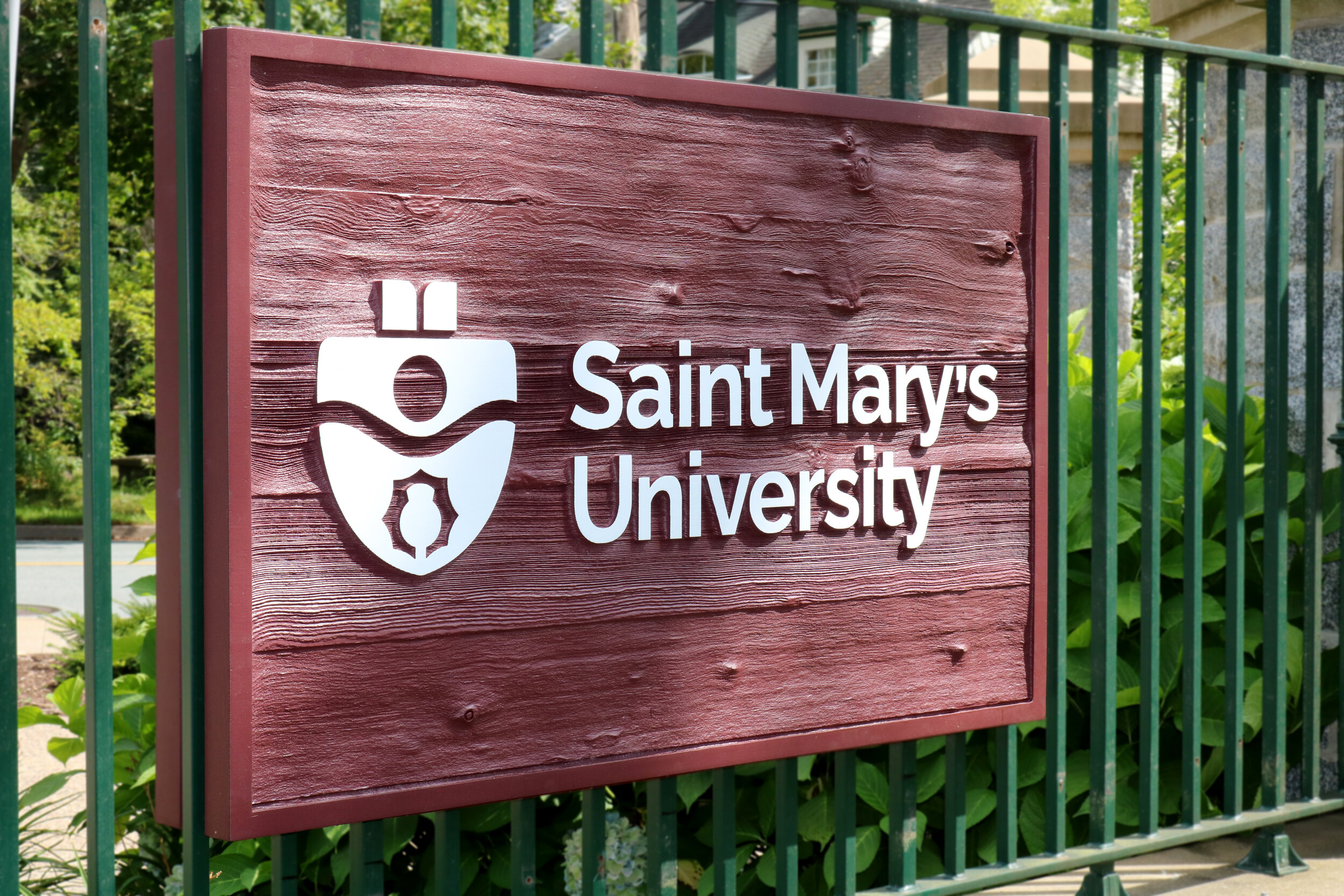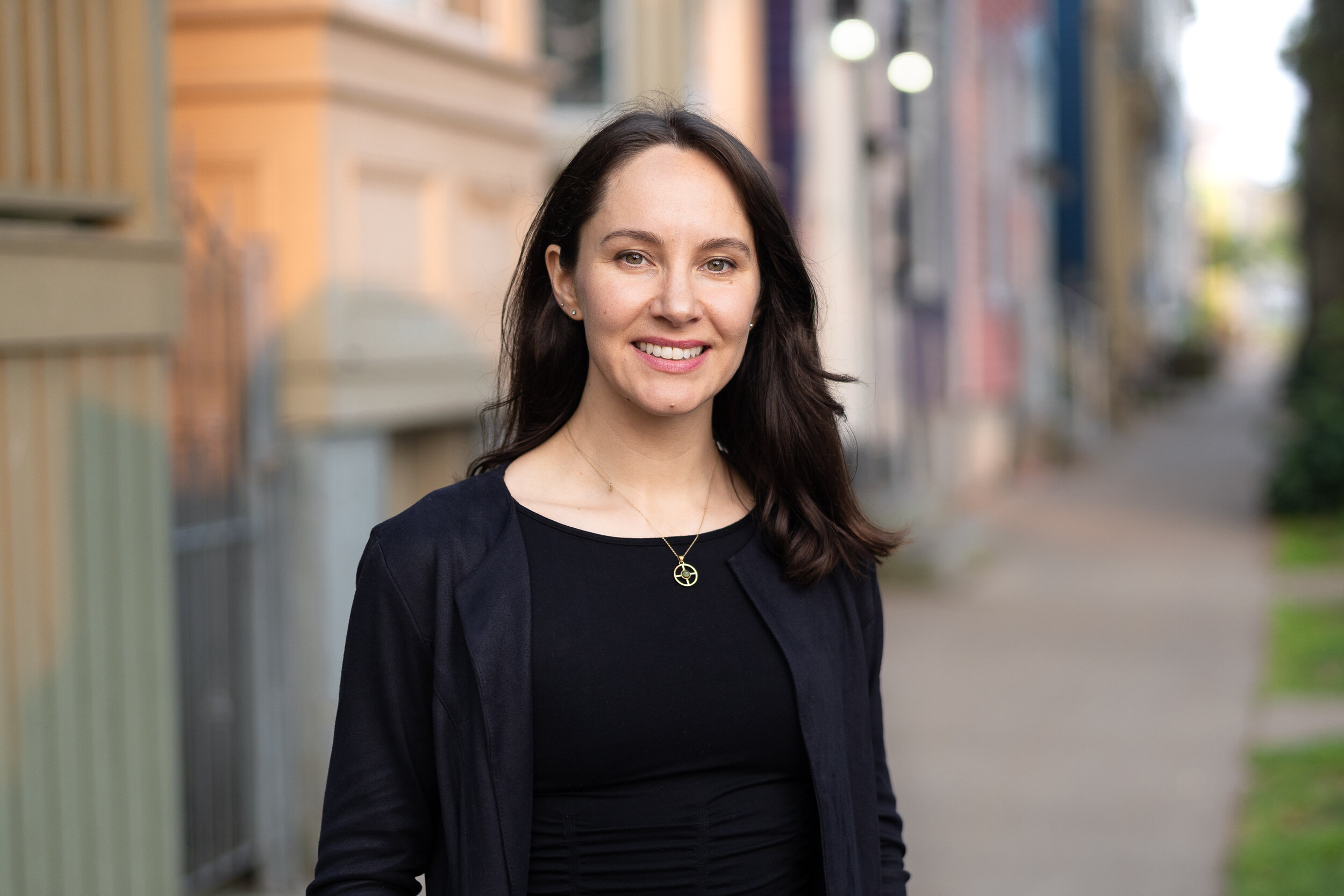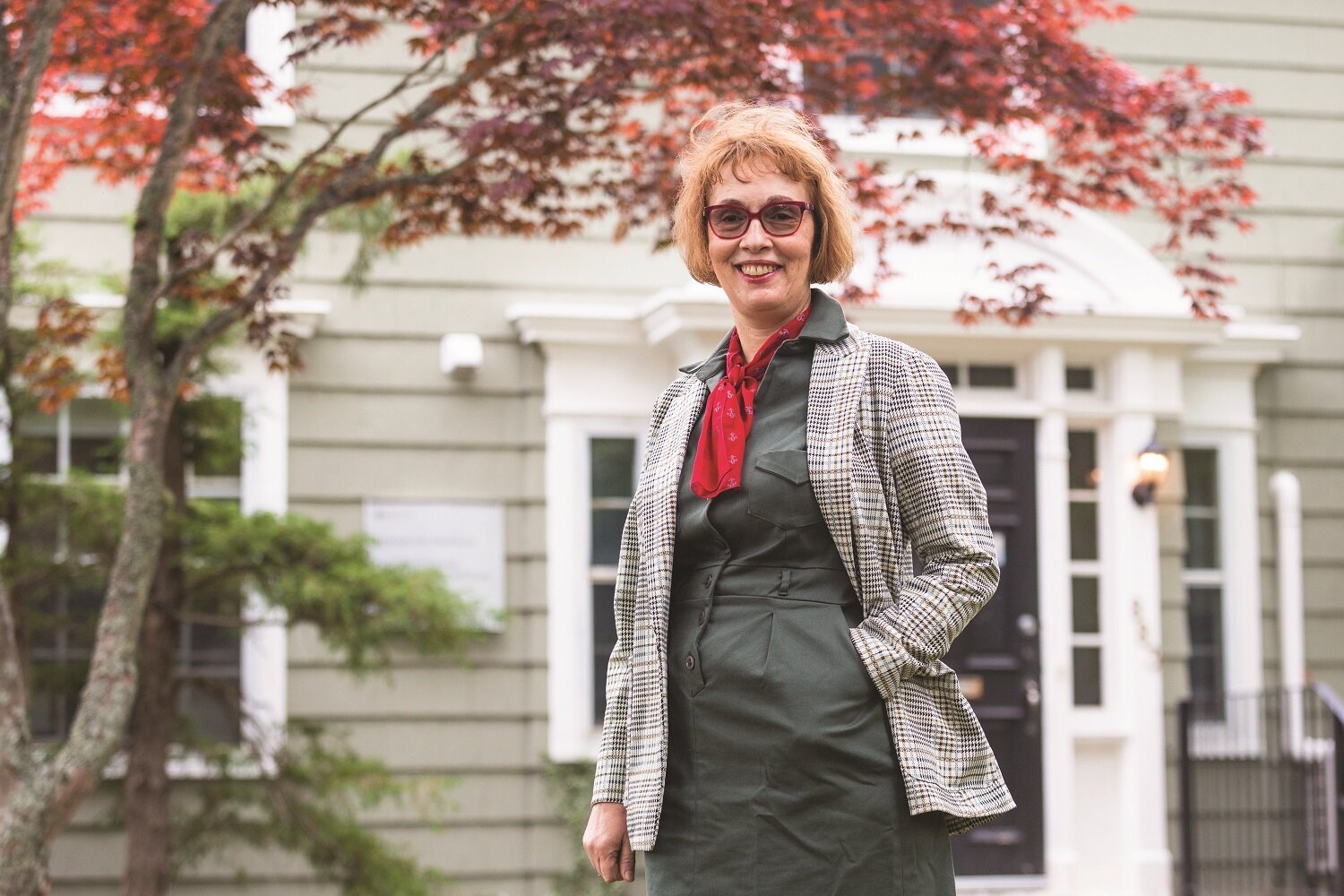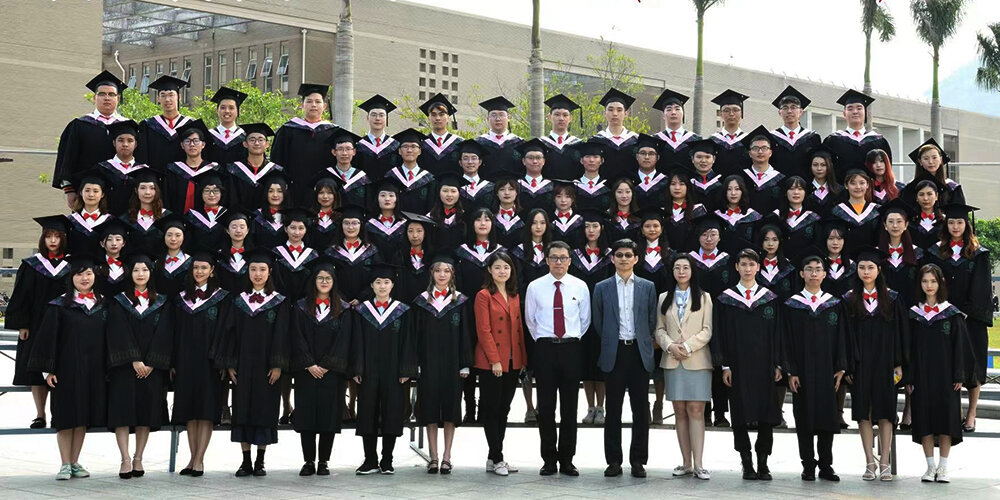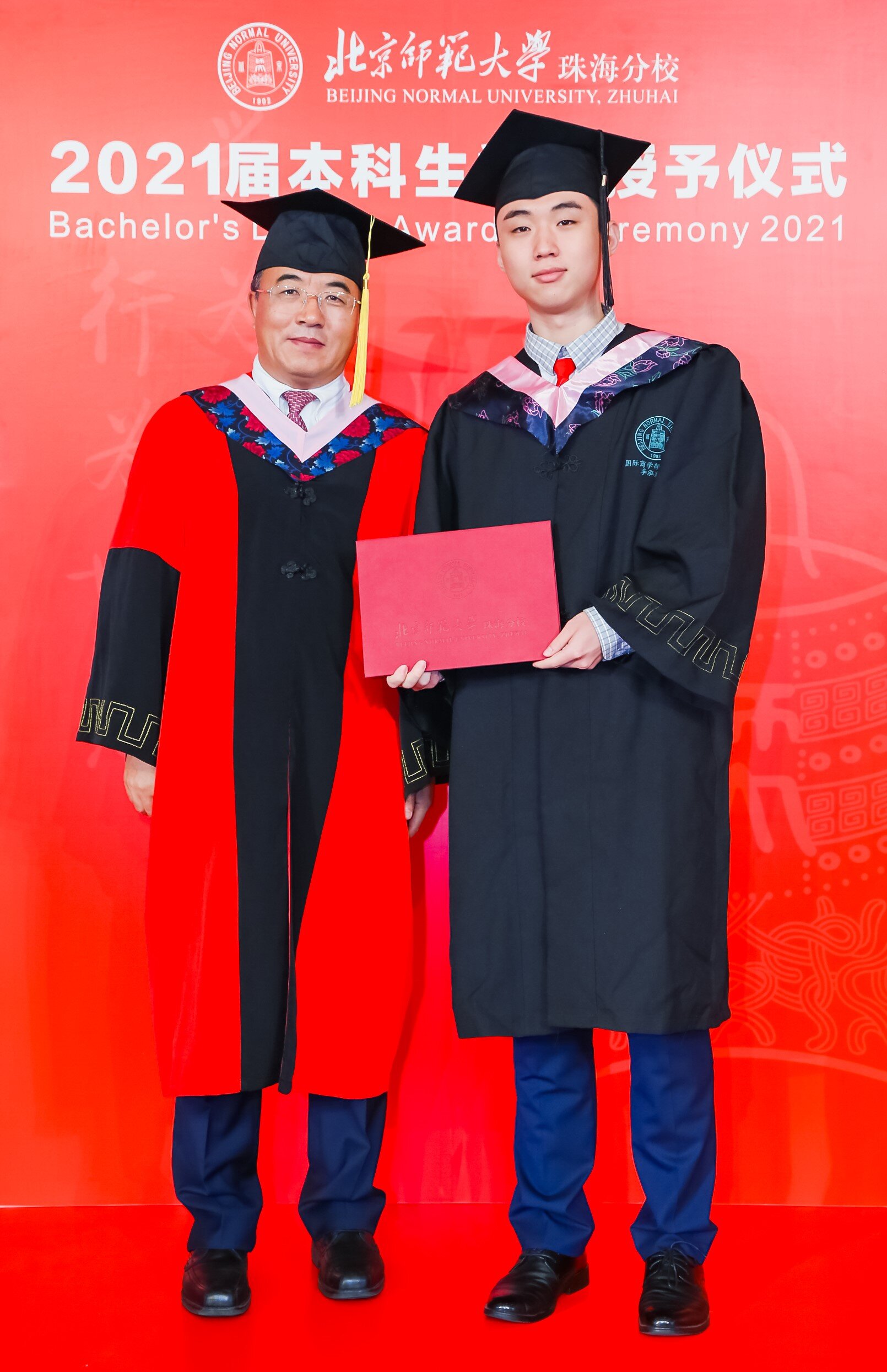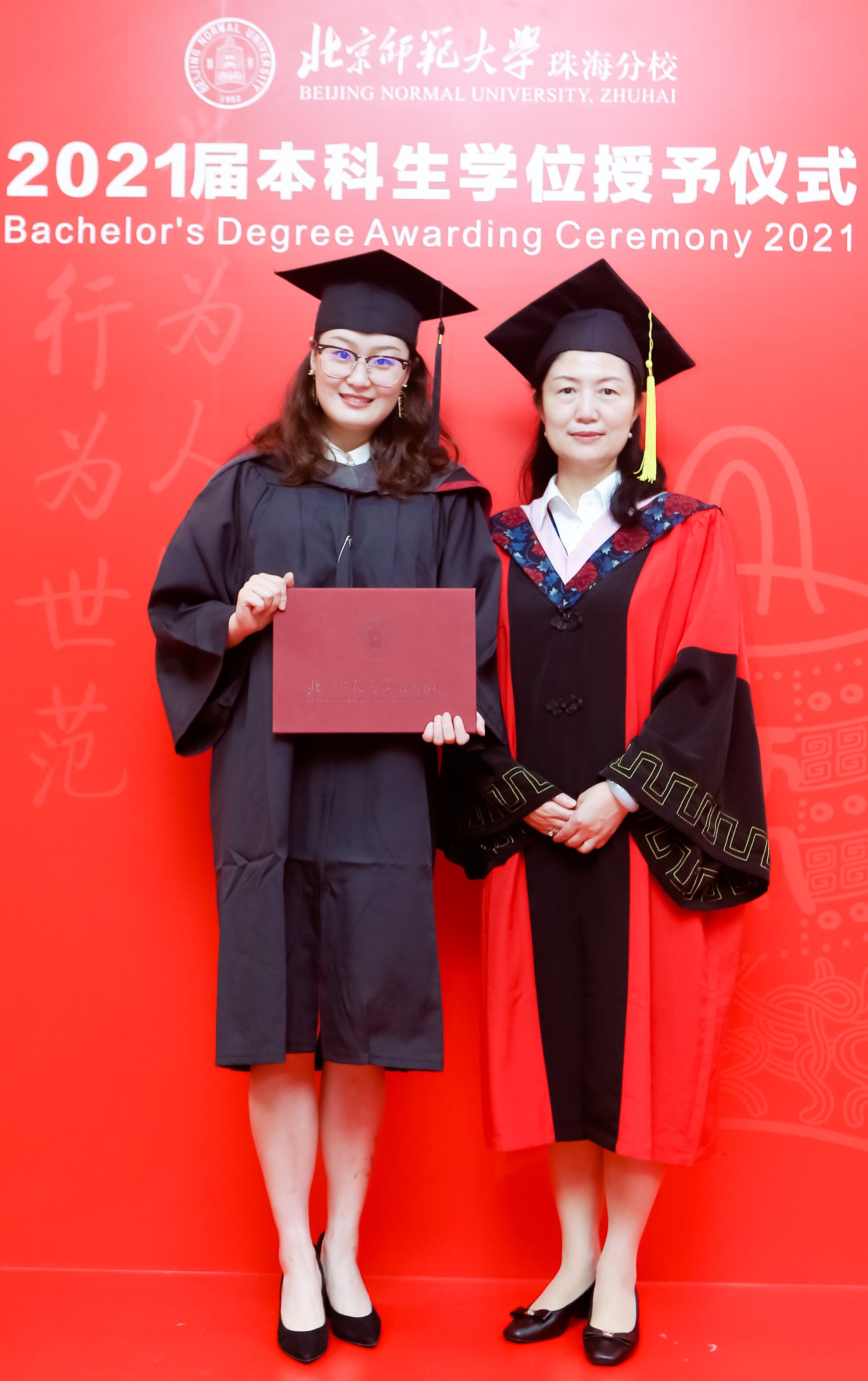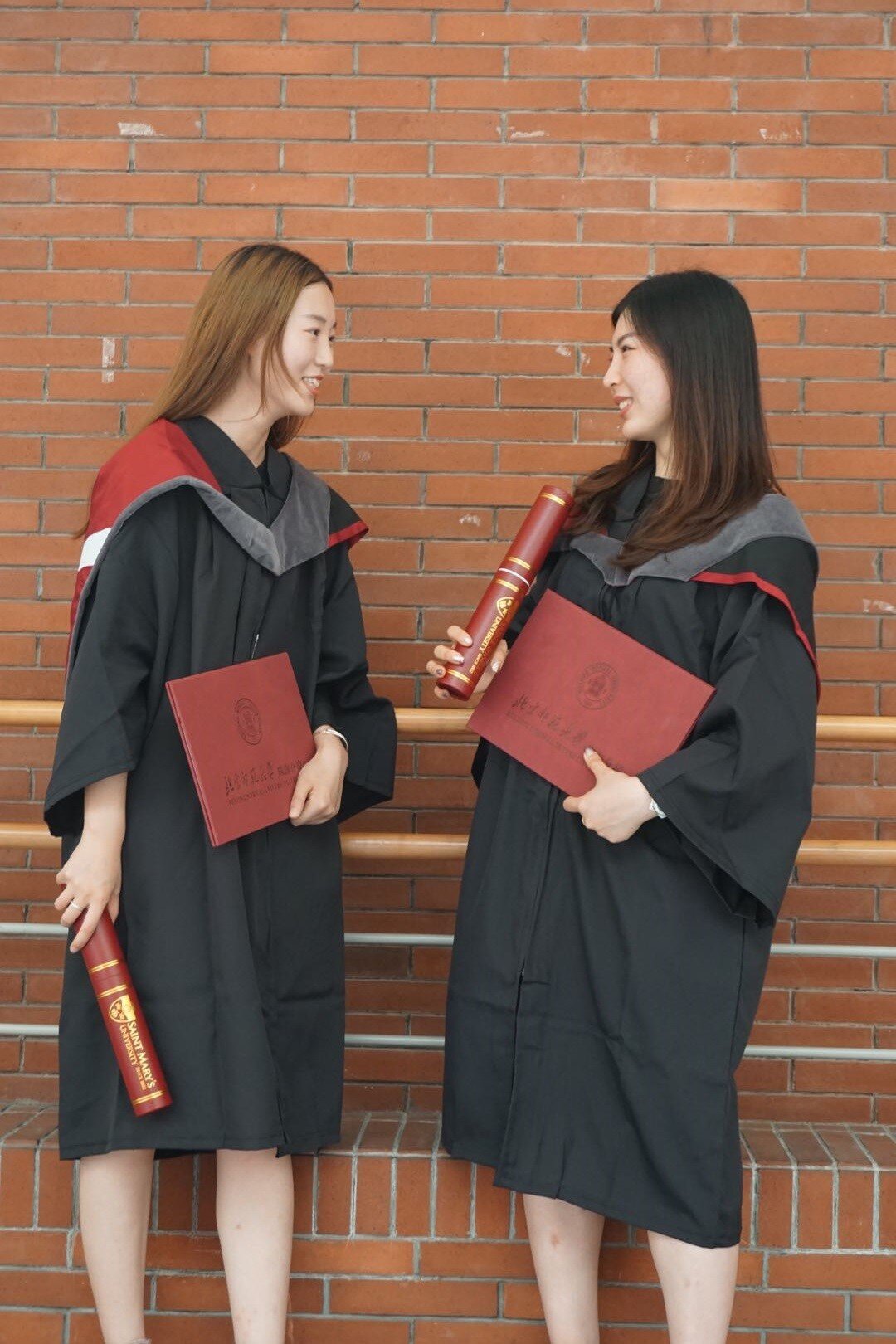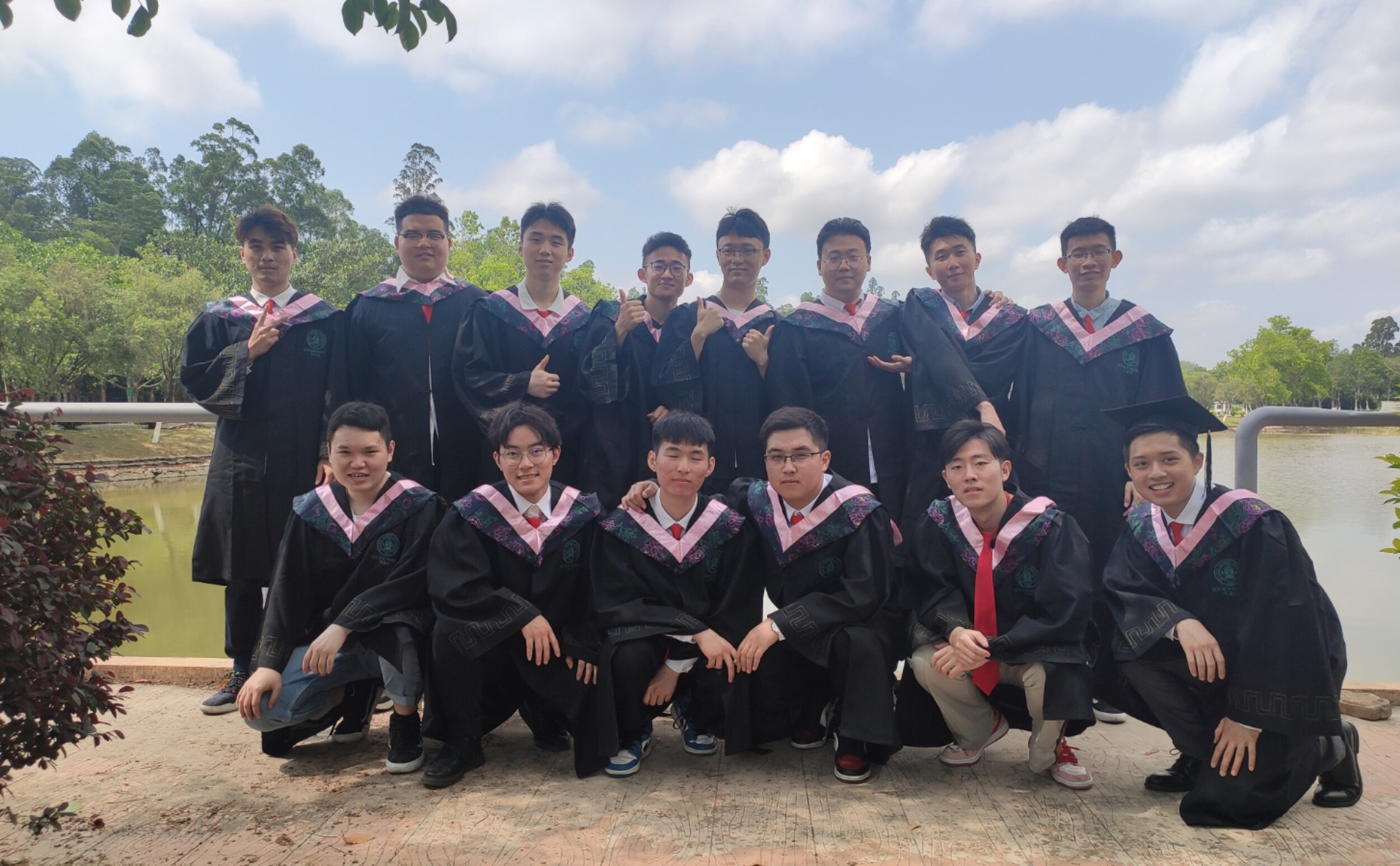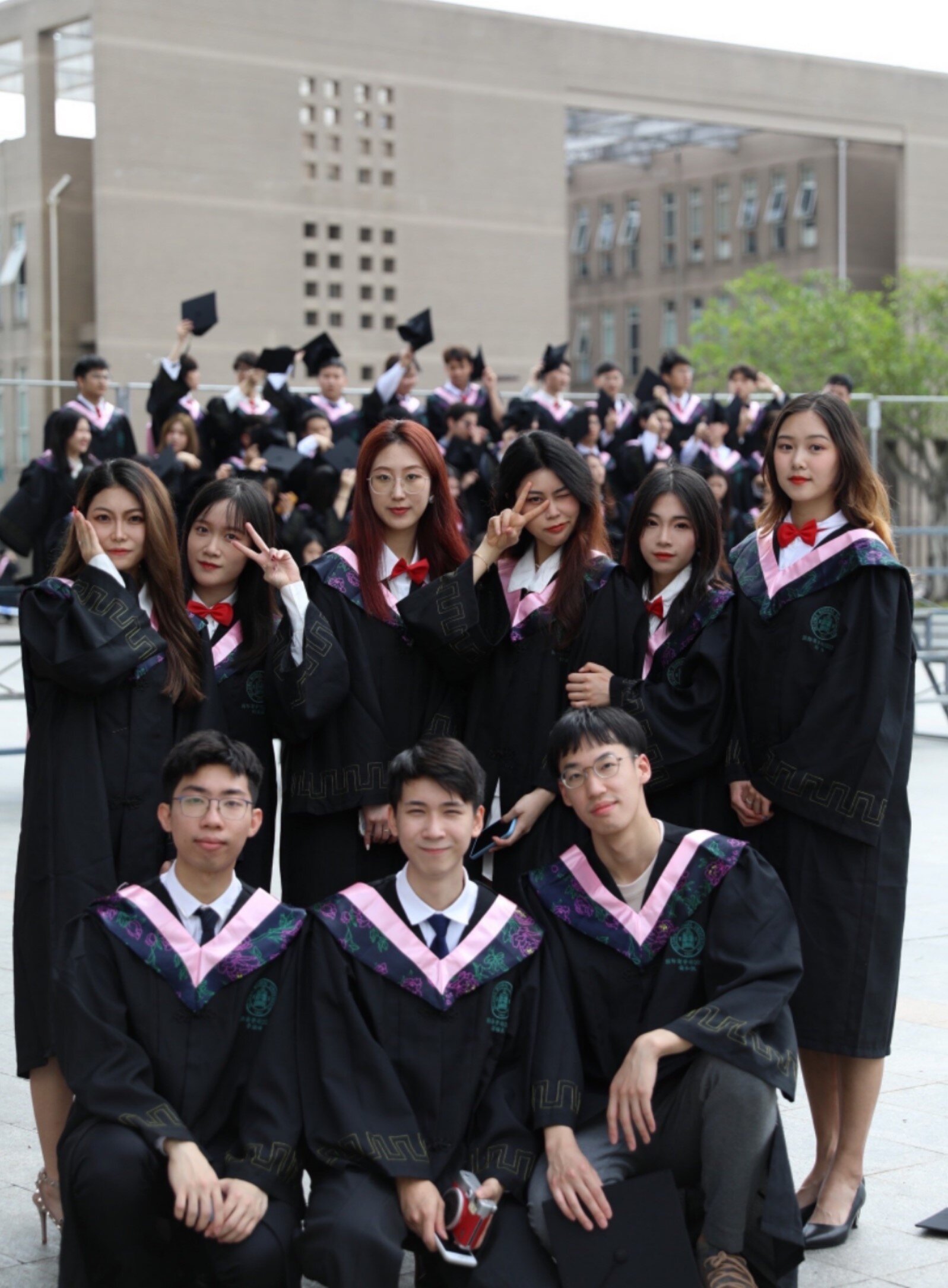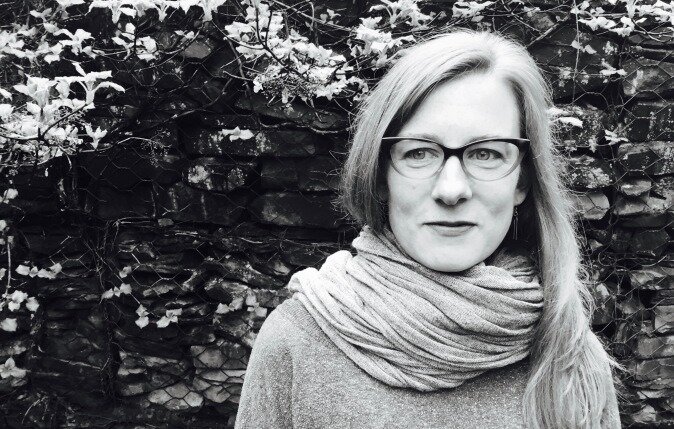Ryan Francis
A familiar face to the Saint Mary's University community is back to continue working on projects that foster the potential of sport and recreation to bring people together for intercultural understanding.
Ryan Francis, the university’s first Indigenous Visiting Fellow, recently returned for a two-year fellowship with the Faculty of Arts and the Centre for the Study of Sport and Health (CSSH). His first fellowship was a four-month term from January to April 2020, coinciding with the onset of the global pandemic.
“A lot of our plans and programs involved people gathering and coming together, so it was very challenging to do that,” says Francis. “We highlighted in the previous fellowship that there is a lot of work that can be done. With a longer runway, we’ll be able to implement a lot more of those meaningful opportunities for the university community.”
Part of the fellowship includes working with Saint Mary’s and organizers of the North American Indigenous Games, postponed in 2020 but now scheduled to take place July 15-23, 2023 in several locations in Kjipuktuk (Halifax) and Millbrook First Nation. NAIG 2023 will include competitions in 16 sports, bringing together 3,000 local volunteers with more than 5,000 athletes, coaches and team staff from 756 Indigenous Nations.
“SMU’s commitment to being a part of the Games, through facility use and accommodations, is really significant,” says Francis. “It will be really neat to think about how we can play a role, and factor in how to support the participants coming to campus, and make this environment feel especially welcoming to them.”
One idea already in development is the creation of “Brave Spaces” – spaces on campus where athletes and attendees can gather to share and learn more about each other’s cultures, since the Indigenous athletes will be attending from across Turtle Island.
During his first fellowship in 2020, Ryan was also a key player in the university’s inaugural Red Tape Game, working with Athletics and Recreation and the men’s Huskies hockey team. The growing movement across Canada and the U.S. aims to promote inclusion in ice hockey. The initiative was started and inspired by Logan Prosper of Whycocomagh First Nation – now an Arts student at Saint Mary’s – and his father Phillip, to create awareness of racism in hockey and encourage players to take responsibility for combatting racism. SMU’s second Red Tape Game is in the planning stages for this winter. Francis and Dr. Cheryl MacDonald, Associate Director of Outreach for the CSSH, hope to build on the idea and expand it to other teams.
“Ryan has been such a wonderful contributor to the Centre,” says Dr. MacDonald, noting he has provided guest lectures in the Health, Wellness and Sport in Society program, and participated in the international Hockey Conference hosted by the Centre.
“The Centre’s mandate is very much to facilitate and disseminate research on sport and health,” she adds. “We’re also committed to community outreach and interdisciplinary approaches. I think what we are creating here is meaningful opportunities to combine research and education with community.”
The fellowship builds on Saint Mary’s ongoing initiatives to engage with Indigenous communities, strengthen intercultural research and curriculum, and respond to the Calls to Action of the Truth and Reconciliation Commission’s Calls to Action.
Francis grew up in Cole Harbour and is a member of Acadia First Nation. He is currently the Manager of Provincial Outreach & Coordination for the Nova Scotia Department of Communities, Culture, Tourism and Heritage, in its Communities, Sport, and Recreation Division. He has a Master of Physical Education degree from Memorial University, and majored in sport management for his Bachelor of Science degree at Liberty University in Lynchburg, Virginia. Follow him on Twitter at @RyanFrancis58.



